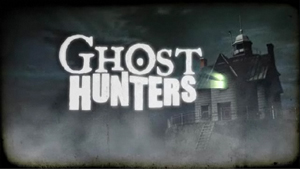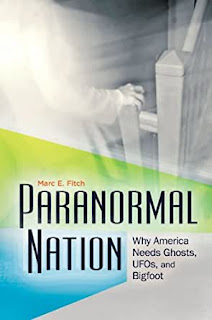Research Blog #10: Abstract and Works Cited
Abstract The rise in popularity of paranormal media has been followed by a growth of paranormal belief throughout the twenty-first century. The gadgets used in paranormal media results in a scientific presentation of ghosts and paranormal existence. This paper explores how the technology-heavy representation of ghost-hunting tools in paranormal media misleads viewers into believing that ghosts can currently be scientifically proven with evidence like EMF and EVP. This paper also examines the factors behind viewers’ tendency to paranormal belief, such as the naturalizing effect, the public’s lack of scientific understanding, and social influence. Works Cited (Note: Formatting may be odd on Blogger despite my attempts at reformatting) Axtell, Cassie C., "Assessing Electronic Voice Phenomena through Speech Science" (2017). Honors Theses . 415. https://encompass.eku.edu/honors_theses/415 Buckner V, John E., and Rebecca Anders Buckner. “Talking to the Dead, Listening to You



